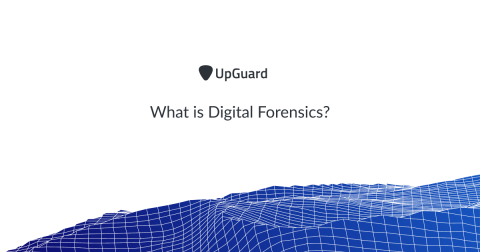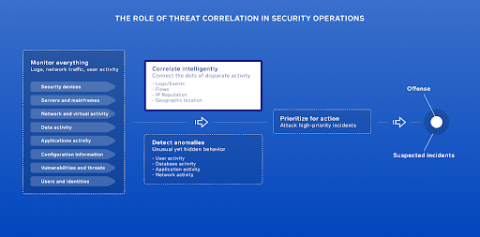Security | Threat Detection | Cyberattacks | DevSecOps | Compliance
%term
FBI: Don't pay ransomware demands, stop encouraging cybercriminals to target others
As ransomware attacks continue to cripple networks, most recently forcing medical centres to shut down their systems and turn away patients, the FBI has issued some unambiguous advice for organisations on how they should handle ransom demands: Don’t pay.
How to avoid becoming a victim of cybercrime: 5 tips
Description: Do you want to avoid cybercrime? Online identity theft and fraud, webcam hackers, ransomware cyber-attacks, phishing, and other scams are a threat to all of us. Keep reading to protect your data and privacy and save your files and finances from fraudsters. The cyber definition relates to the field of digital technology, and today is often associated with cybercrime. You might say that it doesn’t matter to you as you’re not a big cheese in the business world.
What is Digital Forensics?
Digital forensics or digital forensic science is a branch of forensic science focused on the recovery and investigation of material found in digital devices and cybercrimes. Digital forensics was originally used as a synonym for computer forensics but has expanded to cover the investigation of all devices that store digital data. As society increases reliance on computer systems and cloud computing, digital forensics becomes a crucial aspect of law enforcement agencies and businesses.
Best Practices for Using Tripwire Enterprise in Dynamic Environments - Part 2
In my previous article, we discussed how organizations are shifting how IT resources are deployed and managed. We covered three methods in particular: automated image creation and deployment, immutable image deployment and containers. We’ll now explore how organizations can make the best of these methods in a dynamic environment.
Single Sign-On for Kubernetes: Dashboard Experience
Over my last two posts (part 1 and part 2), I have investigated user authentication in Kubernetes and how to create a single sign-on experience within the Kubernetes ecosystem. So far I have explained how Open ID Connect (OIDC) works, how to get started with OIDC and how to perform a login from the command line. The final piece of this puzzle is the Kubernetes dashboard, often used by our engineers alongside kubectl.
3 Layers to Defend Your Kubernetes Workloads
Researchers at Netflix and Google recently reported a vulnerability in the HTTP/2 protocol that enables adversaries to execute a DOS attack by legitimate use of the protocol. These types of attacks are very difficult to detect and mitigate because the traffic is valid HTTP/2 traffic. While HTTP/2 is a relatively new protocol it should be noted that even after several years of hardening we still see vulnerabilities for the TCP protocol like the recently reported SACK vulnerability.
Threat Hunting Playbook
Threat hunting is an indispensable component of cyber security operations. In this article, we provide you with a guideline that will help you come up with a methodology and a plan of action for your threat hunting practices.
What you need to know about PII security in 2019
As a society we have always relied on personal identifiers, commonly known as personally identifiable information (PII). Defining and protecting PII has recently become much more important as a component of personal privacy now that advances in computing and communications technology, including the internet, has made it easier to collect and process vast amounts of information.









